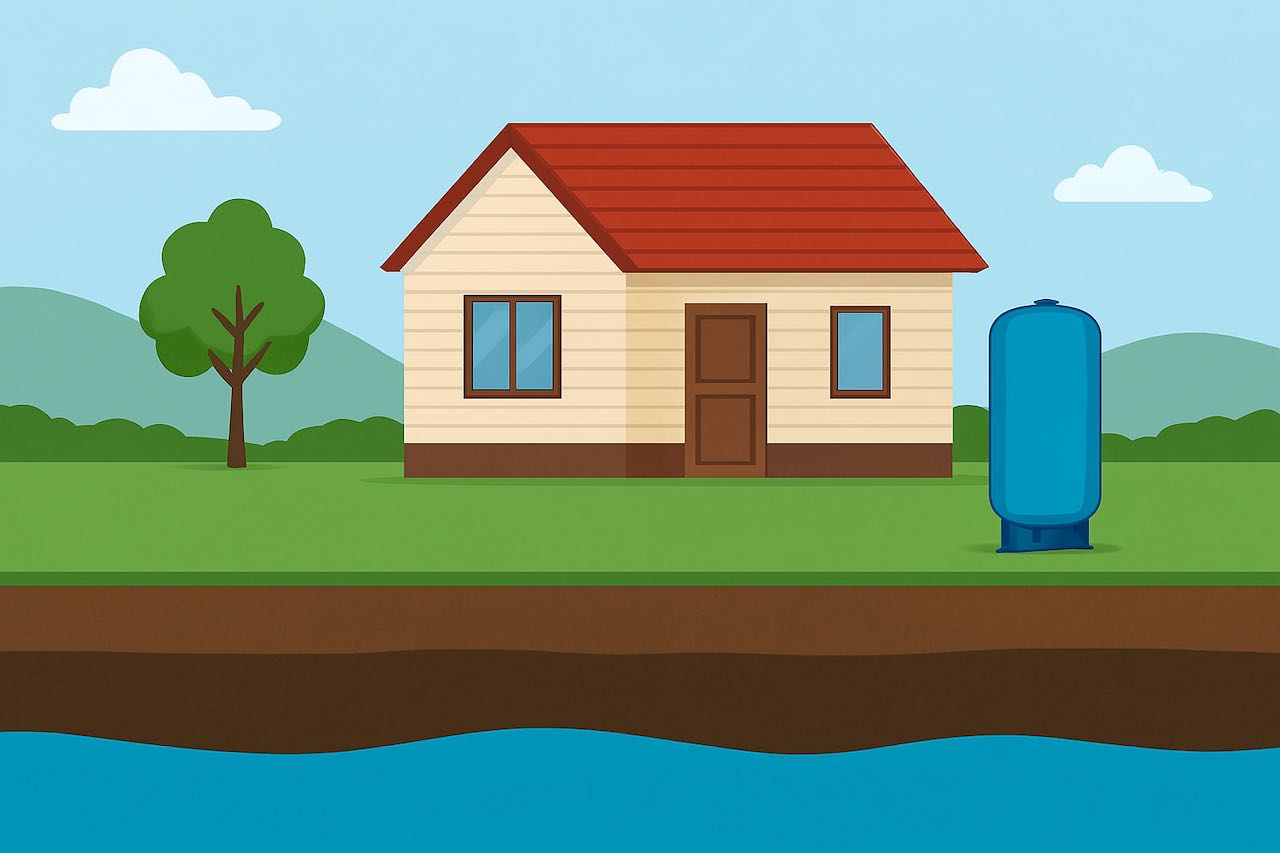Do You Need to Disinfect Your Well?

This article uses information from a Fact Sheet provided by the Minnesota Department of Health.
TEST TO SEE IF YOU NEED TO DISINFECT YOUR WELL?
Contaminated drinking water may contain harmful bacteria, viruses, or other microorganisms that can make you sick. Disinfection is one process of killing or inactivating microorganisms to make water safe for drinking. Disinfection can also eliminate nuisance bacteria that can cause unpleasant tastes and odors.
WHAT CAUSES WELL AND WATER SYSTEM CONTAMINATION?
A well or water system may become contaminated with harmful bacteria and other organisms when the well or plumbing is open to the environment during construction, repair, or routine maintenance. A well may also become contaminated if the well casing is deteriorated or damaged, or if the well is flooded. Contamination problems can also be caused by improper plumbing connections between water treatment devices and wastewater piping, between the potable water plumbing and heating/cooling systems, or other cross-connections.
And there can be a problem with the water source itself.
Whatever the cause, the water should be checked again after the well is disinfected.
HOW OFTEN SHOULD A WELL BE TESTED?
Typically, a well should be tested once a year for coliform bacteria and other possible contaminants, or whenever there are changes in the water’s taste, odor, or appearance. Many organisms that can be in your well water are not actually harmful, but a few are. Their presence indicates that surface contamination has found its way into the well, and disease organisms may also be present. The presence of E. coli or fecal coliform represents a more serious health risk and any water use should be strictly limited to non-potable uses (not used for drinking, cooking, or human contact).
WHEN SHOULD A WELL BE DISINFECTED?
- When water testing indicates the presence of coliform bacteria.
- When the well has been near floodwaters.
- After installation or repair of plumbing pipes and fixtures, e.g., softeners, faucets, and filters.
- After well or pump repairs.
- When iron or sulfur bacteria reduce the water supply capacity of the well or cause taste and odor problems.
- During the startup of seasonal wells where plumbing, wells, or pumps have been disconnected, or the water system has otherwise been drained or opened.
WELL DISINFECTION WILL NOT SOLVE THE FOLLOWING PROBLEMS
- When contamination is originating from a continuous source such as a septic system or an animal feedlot.
- When a well or plumbing system is improperly constructed, located, or damaged and in need of repair (disinfection should follow repair work).
- If the contaminant is a nitrate, arsenic, fuel, pesticide, or other chemicals.
-
For additional information, see our complete guide to shocking your well.







